Science has upgraded
Saturday, 15 November 2025
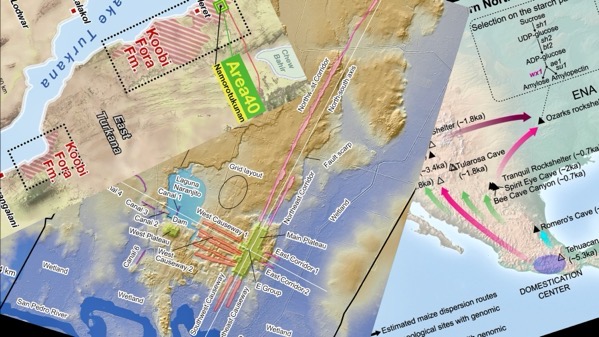
One of the impactful benefits of academic publications shifting to digital rather than dead tree versions is that the graphics have improved greatly…by adding lotso color.
Saturday, 15 November 2025

One of the impactful benefits of academic publications shifting to digital rather than dead tree versions is that the graphics have improved greatly…by adding lotso color.
Sunday, 9 November 2025
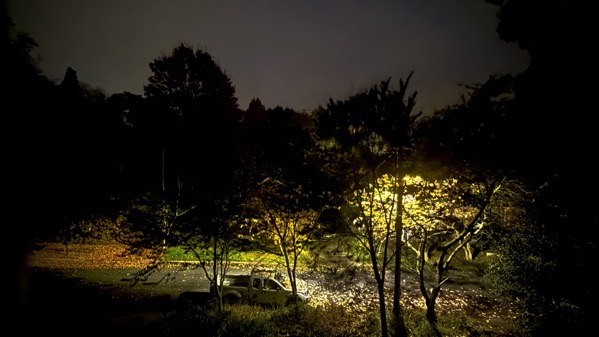
Sometimes, sometimes, the product of the algorithms in the phone-camera matches my aesthetics.
Note how there’s both green grass and autumnal golden fallen leaves.
Thursday, 11 September 2025
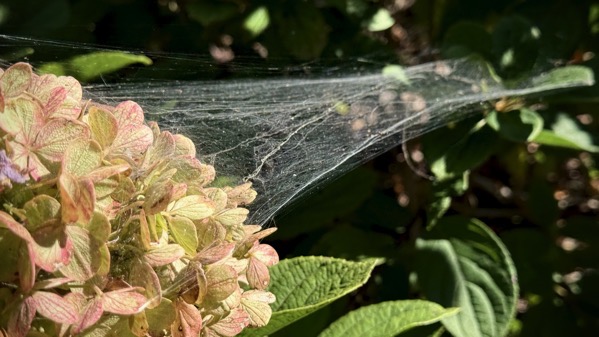
Tuesday, Apple announced product upgrades…including to AppleWatches. I have last-year’s model, and I’m glad to have it, but I don’t believe it is accurate in recording several data types. For some years, it has been complaining about excessive sound levels nearly every time I take a shower…and at no other time (not that I spend time around amps). I have decided this has to do with water hitting the watch and not the sound in the shower space…so I ignore it.
Tuesday, 2 September 2025
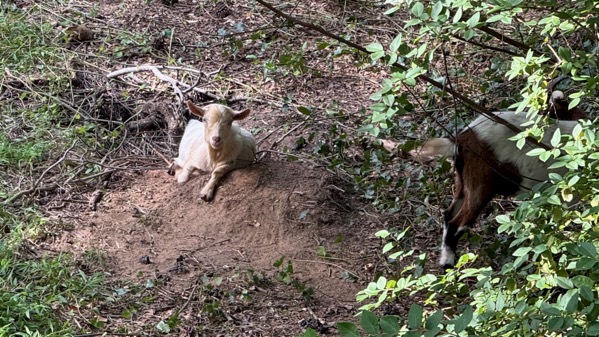
Welcome to goat world. Note that the last few days the goats have done a bit of excavation.
Also, I read an academic article on knots, as a global cross-cultural technology, presented with more detail than I would have believed possible.
Thursday, 17 July 2025
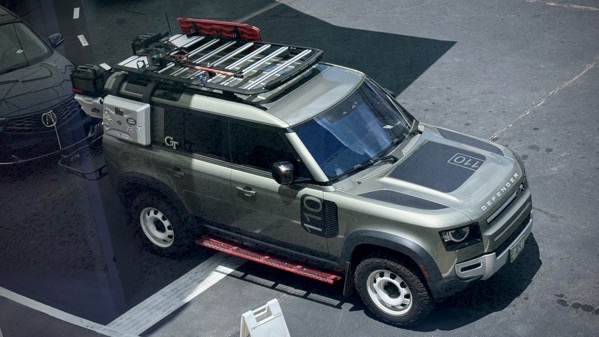
Yeah, this is an odd angle to look at a vehicle. Yet, what’s the vehicle tricked out to maximize? Are those rectangular forms antennae or liquid holders? That implement on the roof—it’s not a weed eater, so what is it?
Quick goo-search: Land Rover Defenders start at 73K or 153K, depending on I’m not sure what. But that doesn’t explain the extras….
Saturday, 7 June 2025

Perhaps my last lupin shot of the year…I thought this ombre specimen unusual, with the almost purple low blooms graduating to light pink at the top.
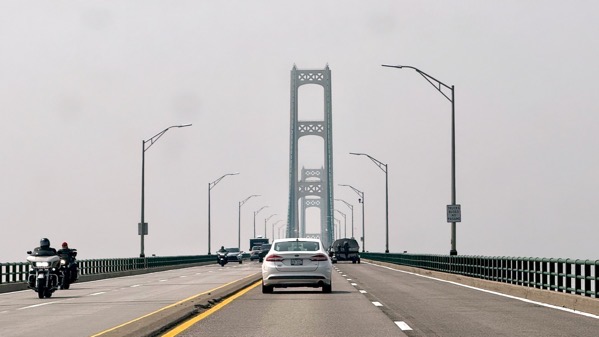
Proof of exodus: The Bridge. Note heavy overcast, which I call smoke-AZ. AZ not as in Arizona, but a riff on, you guessed it, hazy. BTW, these were the first of several groups of motorcyclists we saw—Saturday outings, I’m guessing.
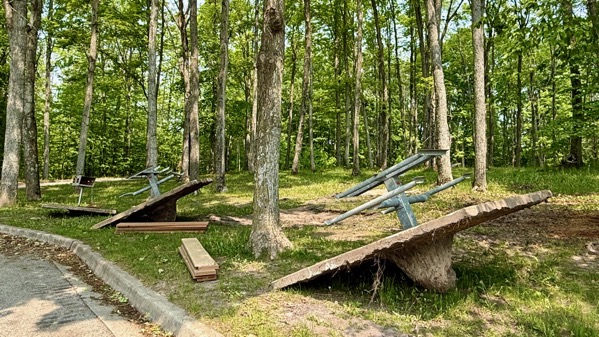
Here’s redecoration underway, a redo of the picnic tables and grills, it looks like, at a rest area.
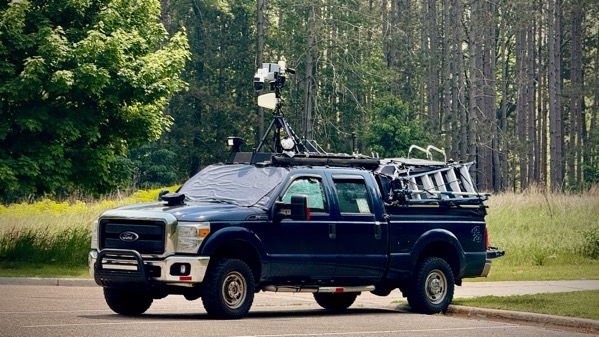
We spotted this rigged pickup at another rest area. I do not think it’s set up for making street view photos for Google or similar. I think it’s for (video) camera work…but wildlife spotting, looking into a vehicle it’s leading or following, or, hmmm, generic influencer imagery, perhaps.
Enough. We’re trying to escape from Ohio.
Tuesday, 13 May 2025
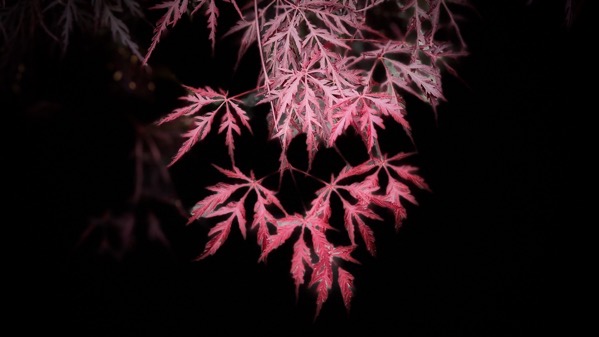
I do enjoy some of the dramatic creations of the “Portrait / stage light” settings (although others are dreck).
Friday, 18 April 2025
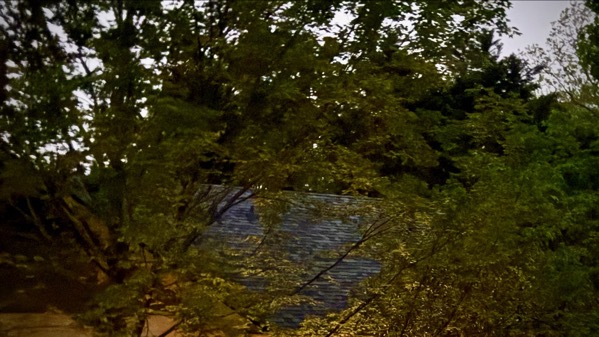
I see an interesting muddiness in this night exposure…that doesn’t look like it’s nighttime.